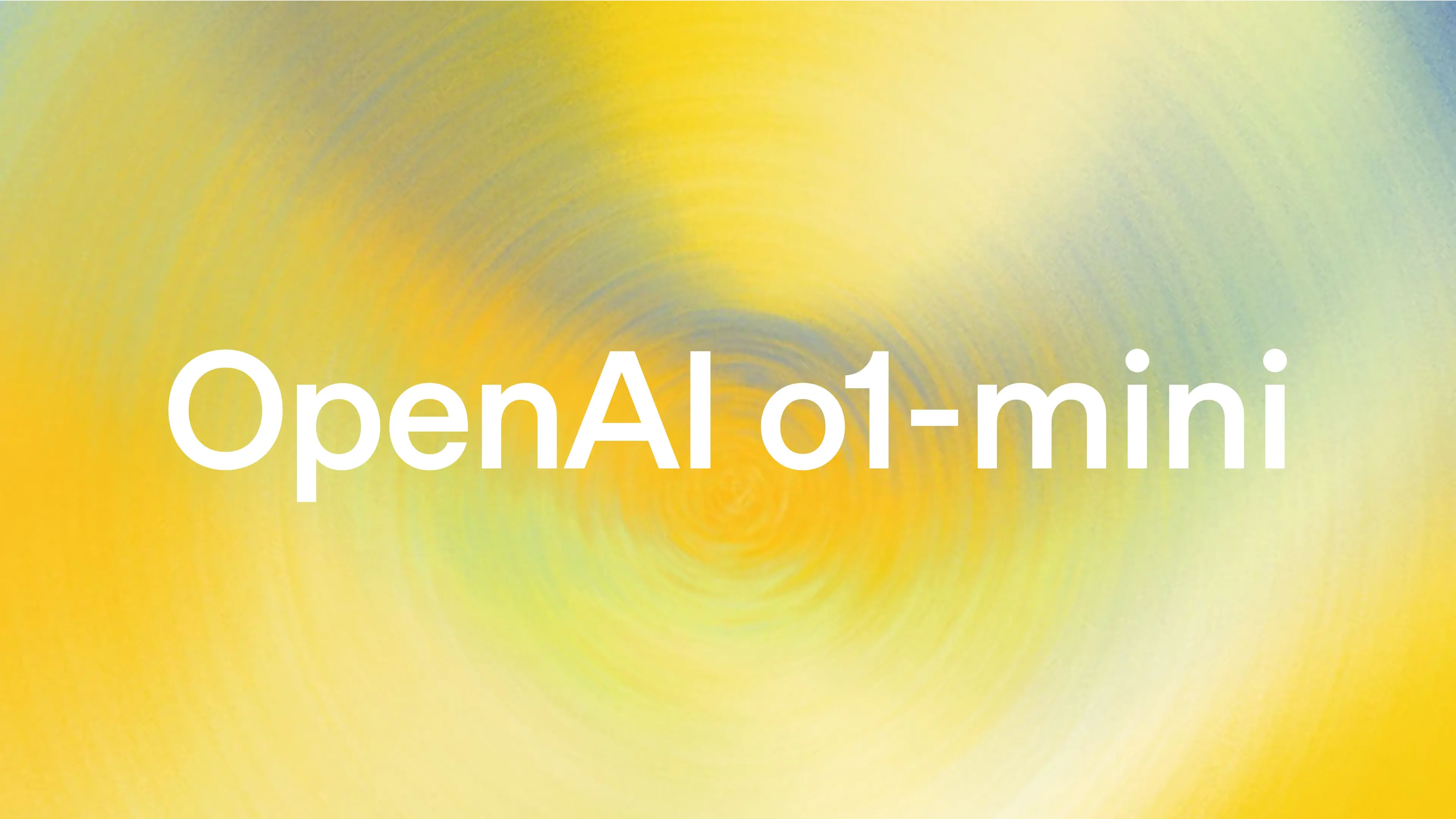What is OpenAI o1?
OpenAI’s latest model, the o1, brings a new level of sophistication to artificial intelligence by emphasizing deep reasoning and complex...
Discover the best open-source LLMs of 2024. Explore top large language models with this comprehensive guide to open-source AI.
As large language models (LLMs) continue to advance, the open-source community has been at the forefront of developing powerful alternatives to proprietary systems. These models offer transparency, adaptability, and cost-effectiveness, making them attractive for businesses, researchers, and developers. This blog explores the best open-source LLMs available in 2024, providing insights into their features, strengths, and potential use cases.
Open-source LLMs offer several key benefits:
LLaMA 3.1 by Meta AI
BLOOM by Hugging Face
Falcon-180B by UAE’s Technology Innovation Institute
MPT-7B by MosaicML
GPT-NeoX-20B by EleutherAI
StableLM by Stability AI
Vicuna-13B by LMSYS ORG
OPT-175B by Meta AI
When selecting an open-source LLM, consider the following:
Open-source LLMs are set to continue evolving, with more advanced models being developed to meet the growing demands of NLP tasks. The future will likely see:
Open-source LLMs offer powerful and flexible tools for a wide range of applications. By selecting the right model for your needs, you can leverage the strengths of open-source technology to drive innovation and efficiency in your projects. Whether you need a model for multilingual support, efficient NLP processing, or advanced text generation, there’s an open-source LLM that can meet your needs.

OpenAI’s latest model, the o1, brings a new level of sophistication to artificial intelligence by emphasizing deep reasoning and complex...

In recent years, the rise of ChatGPT has captured global attention, with many leveraging it for various tasks and some exploring alternatives from...

Artificial Intelligence (AI) has been one of the most significant technological advancements of the 21st century, and AI assistants are at the...
Start your journey with Integrail

Try AI Studio by Integrail FREE and start building AI applications without coding.

NEW White Paper: Discover how AI Studio accelerates your workflows